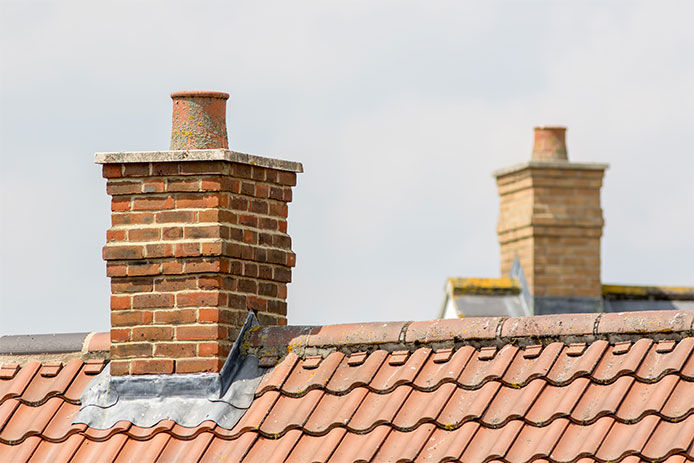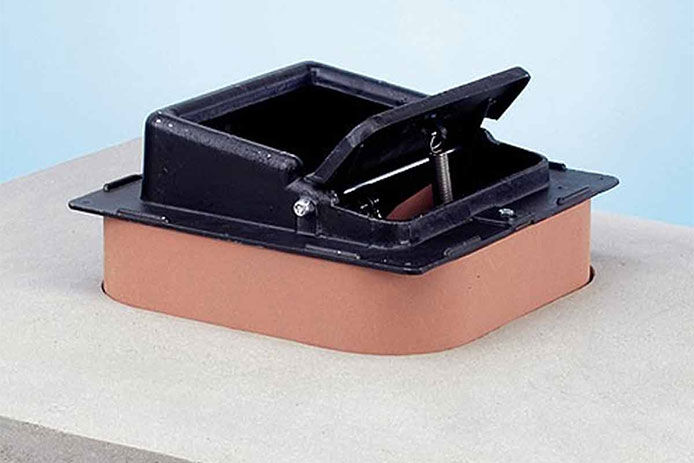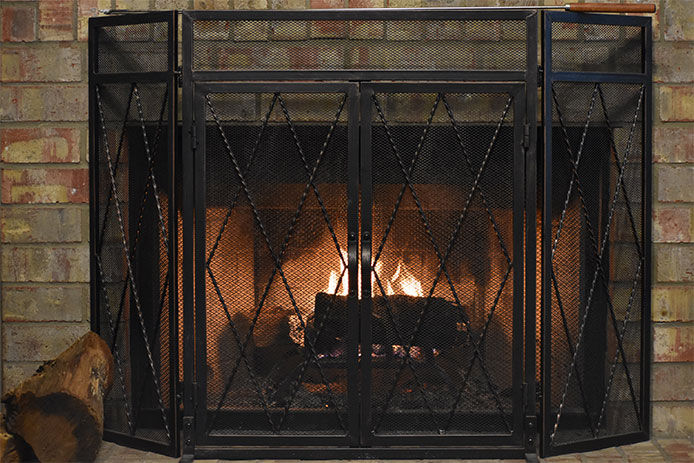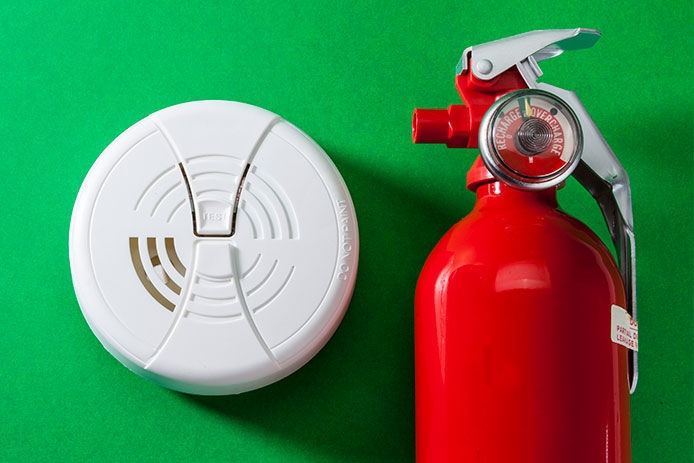Seven Fireplace Safety Tips

Chestnuts roasting on an open fire seems like a great idea, but if not done correctly, they can turn into little chestnut firebombs exploding throughout your home, possibly setting it on fire. So, instead of burning down the only chute Santa knows how to maneuver, ruining the holiday cheer for all, follow these seven fireplace safety tips and keep your home cozy and the fire burning this winter.
1. Burn Only Firewood

Select wood to burn in your fireplace that is completely dry, well-seasoned, and burns hot, so it produces less creosote and carbon monoxide. Other types of wood will release chemicals into your home compromising air quality. To get your fire started, use one fire log at a time, as they burn very hot. Use local firewood to help prevent the spread of tree diseases and insects in your neighborhood. Never burn Christmas trees in a fireplace.
2. Clean Your Chimney

Have your chimney cleaned and inspected at least once a year or after 80 fires. Vacuum out ashes when the fireplace is not in use. Leave about an inch of ash to help start the next fire and insulate the fireplace. You can find creosote cleaners at your local hardware store. Always follow the manufacturer's instructions.
3. Check the Masonry

Cracked or discolored masonry in a chimney are signs of a chimney fire. Creosote flakes or ash are strong indicators that your chimney has reached a dangerous point and needs to be cleaned or fixed. Creosote fires can reach up to 2000 degrees – hot enough to melt metal liners.
4. Replace/Close the Damper

Dampers prevent warm air from escaping through the chimney. Replace a damper that is poorly sealed. A top-mounted damper that also functions as a rain cap provide a tighter closer than a traditional damper.
5. Keep the Glass Doors Open

Opening the doors will allow heat to get into the room. Keep the screens closed to prevent sparks from jumping out of the fireplace. If you have a factory-built wood fireplace with a fan, you want to keep the doors shut to avoid unnecessary heat loss.
6. Install a Chimney Cap

Chimney caps prevent objects, rain, and snow from falling into your chimney and reduces downdrafts. Chimney caps have side vents to allow smoke to escape and a stainless steel cap that won’t rust. Check your chimney cap once a year, ensure that it is securely attached, the mesh is intact, and cut back any nearby tree limbs.
7. Have Emergency Equipment Handy

Keep the area around your fireplace clear of anything flammable, like Christmas trees and presents. Install carbon monoxide and smoke detectors near the fireplace and in all bedrooms. Have a fire extinguisher handy and ready for emergencies. Place a fire retardant carpet in front of your fireplace in case sparks do fly out; it won’t melt the floor. Never leave a fire unattended.
Warm up the hot chocolate, start a movie, and grab a blanket, as you sit back and enjoy the warmth of the fire on your face. Follow these seven fireplace safety tips and indulge a warm and cozy winter.
While do-it-yourself projects can be fun and fulfilling, there is always a potential for personal injury or property damage. We strongly suggest that any project beyond your abilities be left to licensed professionals such as electricians, plumbers, and carpenters. Any action you take upon the information on this website is strictly at your own risk, and we assume no responsibility or liability for the contents of this article.